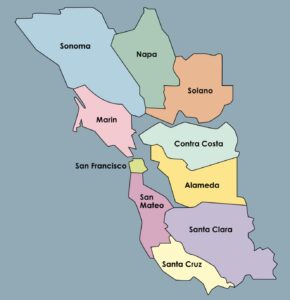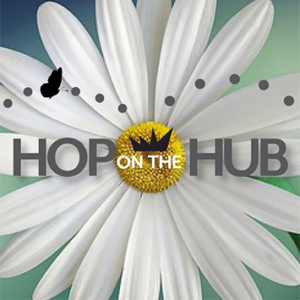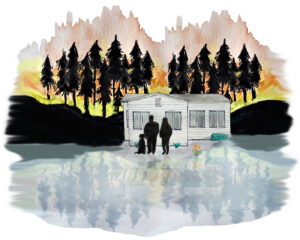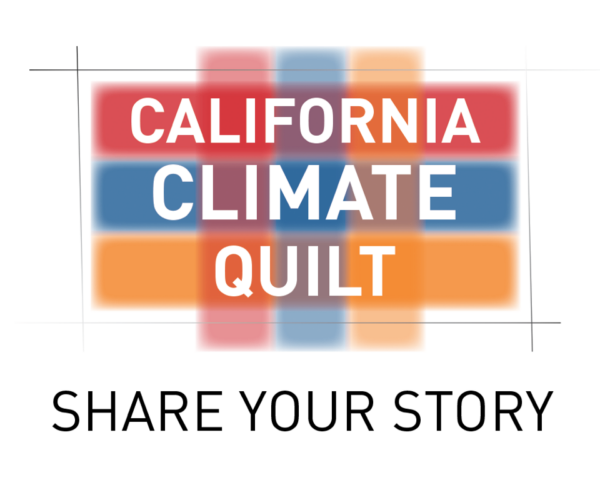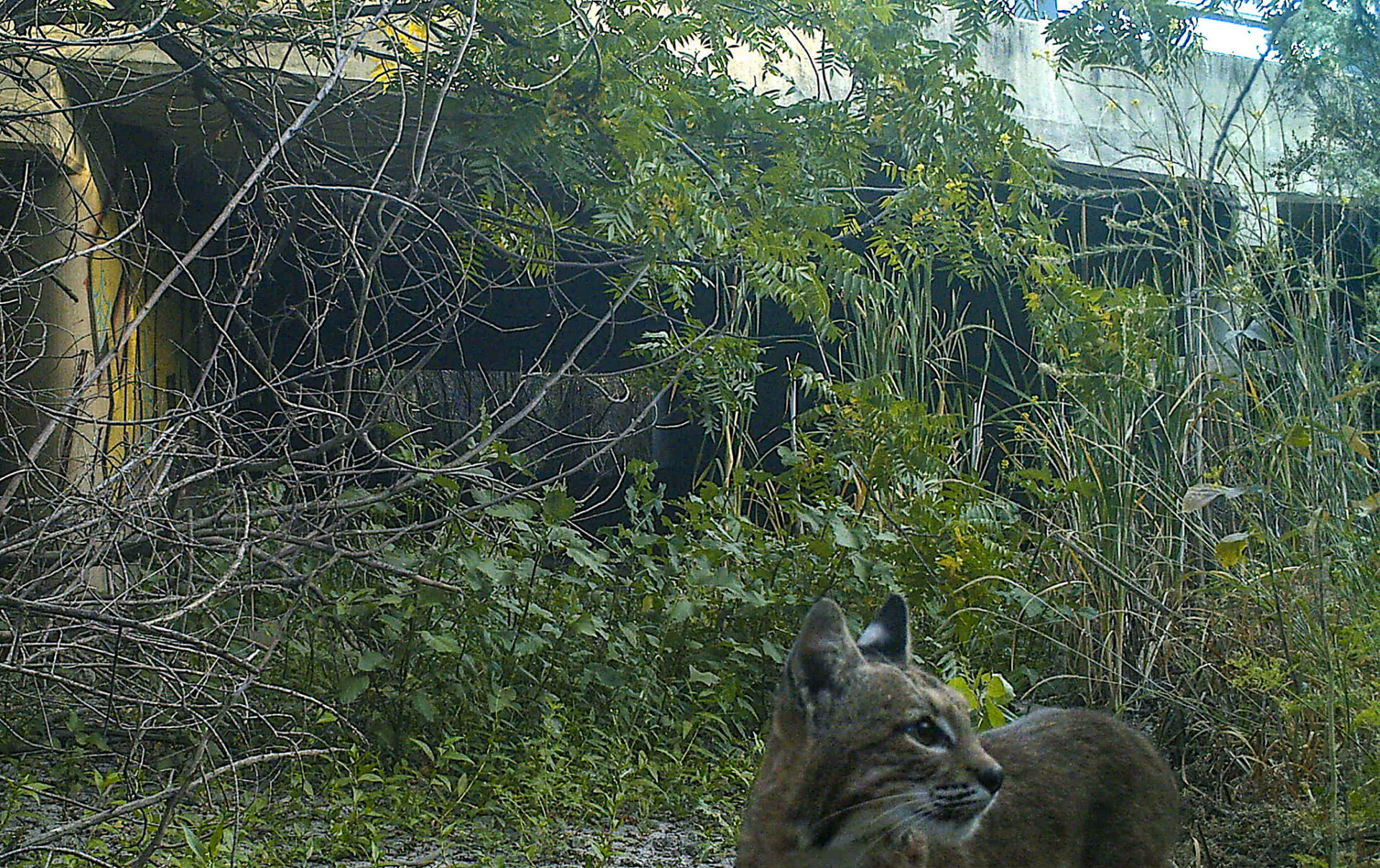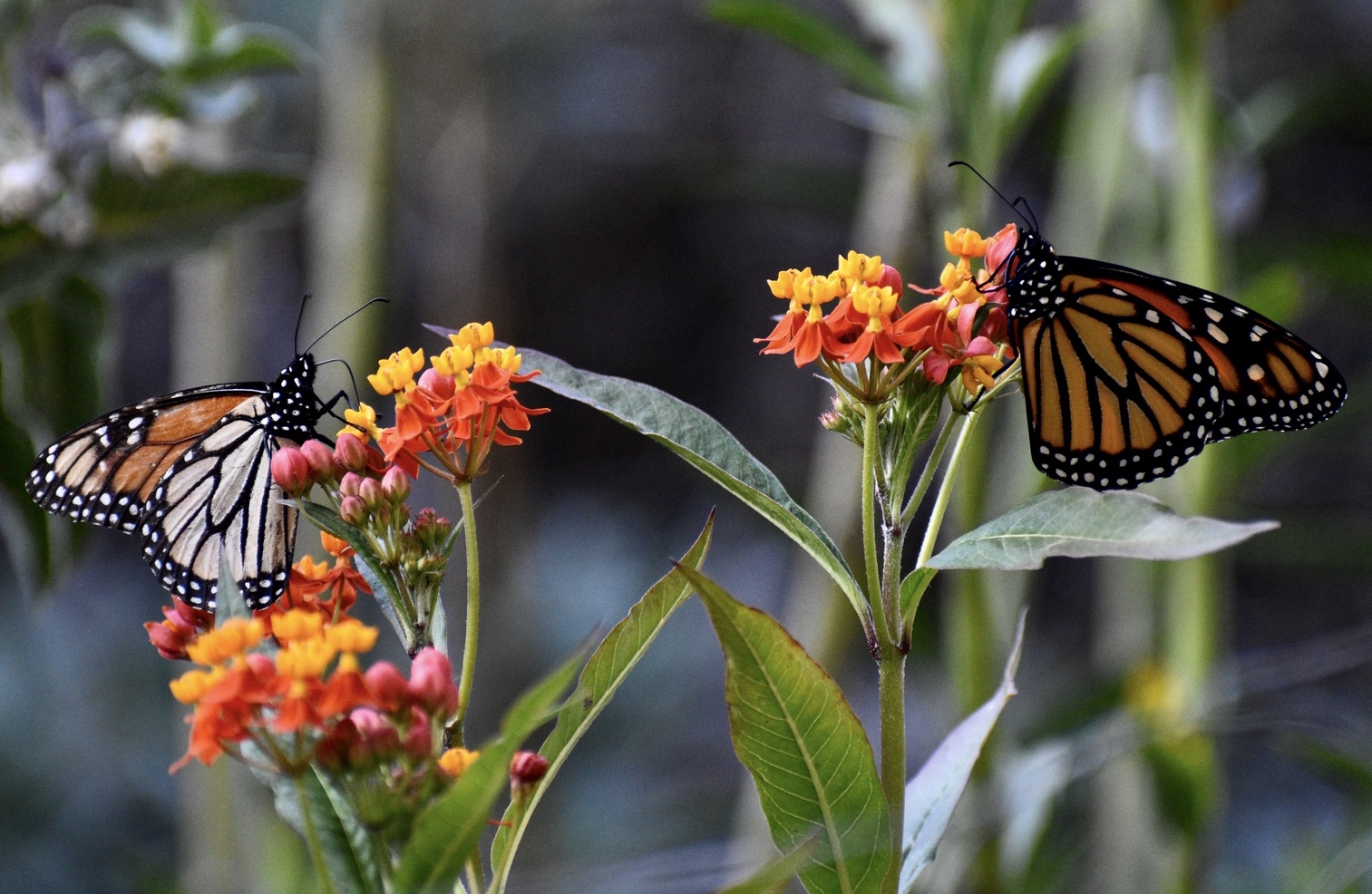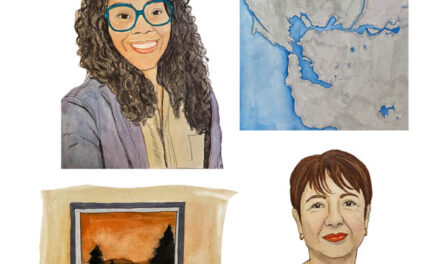Ordering the Path to Wildlife Resilience
For nearly all organisms, connectivity is key. From small voyages to long, creatures must travel to find food, water, a mate, or a suitable patch of soil to put down roots. They need to avoid predators, wildfire, flood, and other hazards. This means they need wild pathways — corridors of trees, streams, meadows, or other habitat that allows them to move through a landscape increasingly fragmented by human alteration. And as climate change upends formerly stable patterns, wildlife’s need for corridors must also shift, often in complex ways, in order for each species and ecosystem to remain resilient.
To help land managers respond to the increasing challenges of preserving useful wildlife corridors, the Association of Fish and Wildlife Agencies recently published a comprehensive collection of resources called the Connectivity and Climate Change Toolkit.
“It is useful to have compilations like this; for any individual organization or agency to start from scratch is a lot of work,” says Grant Ballard, chief science officer with the conservation non-profit Point Blue. “Some of the things identified I hadn’t seen before, and some are things we created that they used.”

Local agencies recently set aside significant acreage in Santa Clara County’s Coyote Valley, a critical wildlife corridor under immense development pressure from urbanized San Jose.
Photo Courtesy: Lech Naumovich, SCVOSA.
While the need for wildlife corridors for everyday travel isn’t a new idea, planning for longer term shifts in the location and extent of habitats due to warming temperatures or increasing flooding is. “In light of climate change,” the report says, “connectivity is recognized for its potential to provide additional benefits for resiliency and adaptation strategies for fish and wildlife.”
The publication is broken up into categories such as Project Planning, Adaptation Strategies, and Considerations by Systems. Each category offers a summary of key resources, and a case study. From Forest Service guidance on road-stream crossing issues to software recommendations for how to plan fish-friendly culverts or predict connectivity, the toolkit has a diverse array of resources.
“This is the first time I have seen anything like this geared toward public agencies,” Ballard says. “It shows the intention to take a long view and do the work — so that is encouraging.”
Other Recent Posts
Gleaning in the Giving Season
The practice of collecting food left behind in fields after the harvest is good for the environment and gives more people access to produce.
New Study Teases Out Seawall Impacts
New models suggest that sea walls and levees provide protection against flooding and rising seas with little effect on surrounding areas.
Oakland High Schoolers Sample Local Kayaking
The Oakland Goes Outdoors program gives low-income students a chance to kayak, hike, and camp.
Growing Better Tomatoes with Less Water
UC Santa Cruz researchers find the highly-desired ‘Early Girl’ variety yields more tomatoes under dry-farmed conditions.
Santa Clara Helps Homeless Out of Harm’s Way
A year after adopting a controversial camping ban, Valley Water is trying to move unsheltered people out of the cold and rain.
The Race Against Runoff
San Francisco redesigns drains, parks, permeable pavements and buildings to keep stormwater out of the Bay and build flood resilience.
Learning the Art of Burning to Prevent Wildfire
In Santa Rosa’s Pepperwood Preserve, volunteers are learning how controlled fires can clear out natural wildfire fuel before it can spark.
Martinez Residents Want More Than Apologies — They Want Protection
After a 2022 release of toxic dust and a February 2025 fire, people in the northeast Bay town are tired of waiting for safety improvements.
Weaving Fire Protection Out Of What’s Already There
A new Greenbelt Alliance report shows how existing vineyards, grasslands, and managed forests can slow wildfire and save vulnerable homes.
Fall Plantings Build Pollinator Habitats in Concord
Community groups, climate advocates and a church are coming together to plant pollinator gardens as monarchs, bees see population declines.

